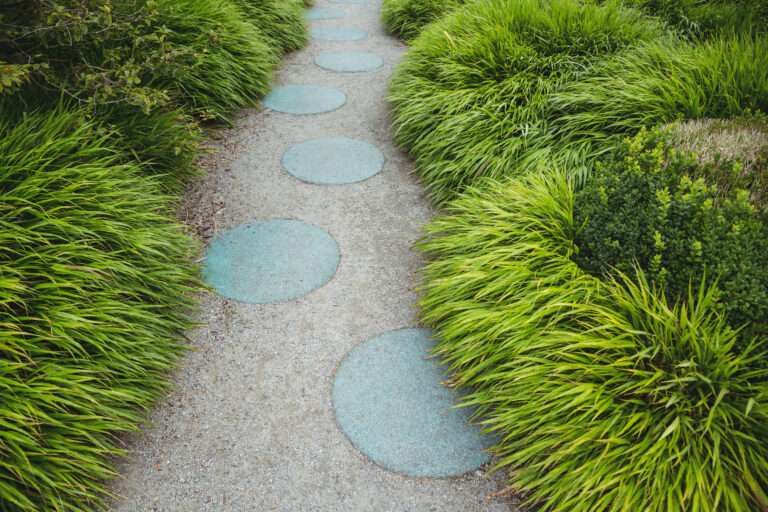5 Proven Ways to Improve Soil Quality for Landscaping
Achieving a lush, healthy landscape starts with the foundation—your soil. Whether you’re growing vibrant flower beds, a pristine lawn, or productive vegetable gardens, soil quality plays a crucial role in the success of your landscaping efforts. Poor soil can lead to weak plants, increased water runoff, and nutrient deficiencies, making it essential to focus on soil health before planting.
If you’re looking to enhance your outdoor space, understanding how to improve soil quality is key. In this guide, we’ll explore five proven strategies to transform tired, compacted, or nutrient-deficient soil into a thriving foundation for your garden and landscape. These techniques fall under the broader practice of soil amelioration, which focuses on improving soil properties to enhance plant growth.
1. Test Your Soil to Understand Its Needs
Before making any changes, it’s important to assess your soil’s condition. A soil test will reveal its pH level, nutrient content, and texture, helping you determine what amendments are needed.
- Why it matters: Soil pH affects nutrient availability. Most plants thrive in slightly acidic to neutral soil (pH 6-7).
- How to test: You can purchase a soil testing kit or send a sample to a local UK-based soil testing service.
- What to look for: A deficiency in nitrogen, phosphorus, or potassium may require targeted fertilisers or organic matter.
2. Improve Drainage and Structure with Organic Matter
Compacted or clay-heavy soils struggle with poor drainage, leading to waterlogging and root rot. Adding organic matter can help loosen the soil and improve aeration.
- Compost: Rich in nutrients and beneficial microorganisms, compost enhances soil structure and moisture retention.
- Well-rotted manure: Ideal for enriching soil, but ensure it’s aged to avoid burning plant roots.
- Leaf mould: A great way to retain moisture while improving soil texture.
- How to apply: Spread a 5-10cm layer of organic matter over your soil and mix it in to encourage aeration and water absorption.
3. Use Mulching to Retain Moisture and Suppress Weeds
Mulching is an effective method for maintaining soil quality while reducing maintenance needs. It protects against erosion, retains moisture, and suppresses weeds.
- Best materials: Bark chips, shredded leaves, straw, or grass clippings.
- Application tips: Apply a 5cm layer around plants, leaving space around stems to prevent rot.
- Benefits: Mulch also encourages earthworms, which naturally aerate and enrich the soil.
4. Introduce Cover Crops and Green Manures
Cover crops, also known as green manures, are plants grown to improve soil health. They enhance soil fertility, prevent erosion, and increase organic matter when turned into the soil.
- Top choices for UK gardens: Clover, winter rye, mustard, and vetch.
- How it works: These plants fix nitrogen, improving soil fertility. Once grown, they can be tilled into the soil to add nutrients.
- Best practice: Sow in autumn or spring and turn into the soil before flowering for maximum benefits.
5. Avoid Soil Compaction and Over-Tilling
Compacted soil prevents roots from accessing water and nutrients, leading to poor plant growth. Over-tilling can also damage soil structure and microbial life.
- How to prevent compaction: Avoid walking on garden beds; use stepping stones or designated paths.
- Aerate heavy soils: Use a garden fork or aerator to break up compacted areas.
- Limit tilling: Instead of frequent deep digging, incorporate organic matter on the surface and let worms and microbes do the work.
Conclusion
Healthy soil is the key to a thriving landscape. By testing your soil, adding organic matter, mulching, using cover crops, and preventing compaction, you can create a fertile, well-structured growing environment for your plants. Investing in soil amelioration not only boosts plant health but also reduces the need for artificial fertilisers and excessive watering.
Start improving your soil today, and you’ll soon enjoy a more vibrant, resilient landscape that flourishes season after season.









